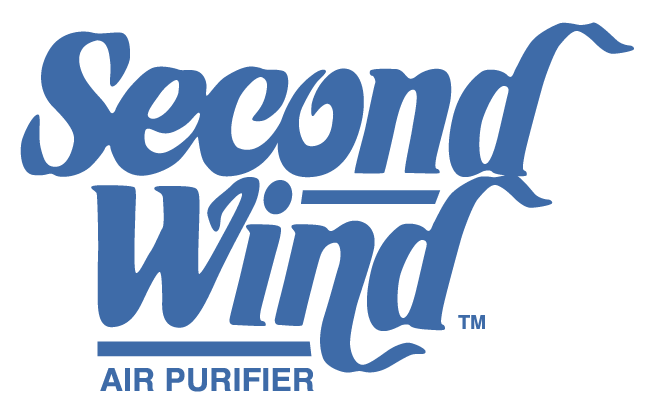Jeff Rubenstone
A member of ASHRAE’s epidemic task force has launched an initiative to set up independent, peer-reviewed testing of indoor air-treatment systems for their efficacy against viruses and for any negative impacts on indoor air quality. The campaign has already raised its goal of $25,000 to underwrite the tests.
While systems using filters that meet the HEPA MERV-13 rating are well studied, there are also “active-treatment” air-cleaning systems, some of which emit particles into the air to reduce impurities and pathogens, says Marwa Zataari, a consultant with a PhD in indoor air quality, who helped write the ASHRAE 62.1 IAQ standard.
Zataari says many of these systems have never been subjected to peer-reviewed testing. Also, there are no standards for these devices that mechanical engineers can refer to when designing or retrofitting air-handling systems.
“I noticed there are a lot of these electronic air-cleaner companies that claim to clean the air enough [so] you don’t need outside air anymore,” Zataari says. “They present themselves as a one-stop shop, the magic bullet to all [air-related] problems.”
Her concern is that products using a range of technologies other than HEPA filters, from plasma to ionization to generation of airborne hydrogen peroxide, have not been subject to enough scrutiny of their efficacy and side effects.
“The marketing is really good, 99% effective sounds really great,” she says. “But I want to make the standard more stringent, so these companies need to show more proof before their [products] are installed in buildings.”
Mechanical engineer William Bahnfleth, the task force chair, agrees. “Some air cleaners are simply not as effective as claimed,” says Bahnfleth, a professor of architectural engineering at Pennsylvania State University. “But others work by introducing reactive substances into the air we breathe indoors, and [they] have the potential to cause a range of adverse effects, from direct impact on health to formation of harmful by-products.”
Zataari is particularly concerned about school districts and other less savvy customers currently buying into systems they don’t fully understand. “In these uncertain times, we need certain solutions,” she says.
The next step is testing, set to begin soon at the Illinois Institute of Technology.








